All the cultural wealth of the countries of the Indian Ocean: the customs of the countries, their way of working and communicating
What culture for the Indian Ocean?
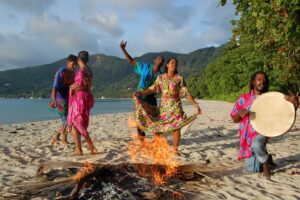 Land and sea routes were used by travelers who practiced Buddhism, Christianity, Islam, Hinduism, Zoroastrianism and Manichaeism.
Land and sea routes were used by travelers who practiced Buddhism, Christianity, Islam, Hinduism, Zoroastrianism and Manichaeism.
Local populations “absorbed” elements of the new cultures they encountered and travelers brought back to their countries of origin with them elements of local cultures which thus spread throughout this vast region.
The Indian Ocean has been known since ancient times.
The fascination of the Indian Ocean quickly appears: it is the Ocean of all riches.
Alexander’s armies crossed it on their return from India. At the time of Cleopatra, the Egyptians brought back pearls and precious stones.

From the Middle Ages, at the time of the Crusades, it became one of the silk, spice and perfume routes. During the Renaissance, via the Cap de Bonne It is the royal road to the riches and splendors of the Eastern Coast of Africa and the marvelous islands of Zanzibar, the Comoros, Madagascar, Reunion, Mauritius and beyond. beyond India and the Far East.
Conquerors, missionaries, adventurers, merchants, traffickers go there to the rhythm of the monsoons. Soon after the Spaniards and the Portuguese, the Dutch, the French, the English created their famous East India companies which founded counters like those of Zanzibar or Diego Suarez.
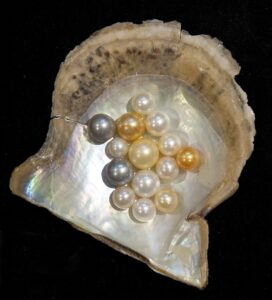 By the Atlantic arrive the Gold and Silver of the new world, by the Indian Ocean the spices, the pearls, the diamonds which make the fortune of Amsterdam or Antwerp.
By the Atlantic arrive the Gold and Silver of the new world, by the Indian Ocean the spices, the pearls, the diamonds which make the fortune of Amsterdam or Antwerp.
 In France, Colbert created the port of Lorient in 1664 to ensure traffic with the Indian Ocean. Now all the major European powers, but especially France and England are fighting for control of the Indian Ocean.
In France, Colbert created the port of Lorient in 1664 to ensure traffic with the Indian Ocean. Now all the major European powers, but especially France and England are fighting for control of the Indian Ocean.
Depending on conquests and political variations, the mythical islands change their names.
During the Romantic era, the Indian Ocean became the Ocean of dreams from Baudelaire to Rimbaud, from Bernardin de Saint-Pierre to Henry de Monfreid.
And now here is an abundance of its cultural riches!

The Tamil People Celebrate New Year Today Across the Indian Ocean and Beyond
The Tamil People Celebrate New Year Today Across the Indian Ocean and Beyond This Monday, April 14, 2025, thousands of people of

Labuan International Sea Challenge 2025: Malaysia’s Island Festival of Waves, Culture, and Adventure
Labuan International Sea Challenge 2025: Malaysia’s Island Festival of Waves, Culture, and Adventure Set against the backdrop of Labuan, a scenic
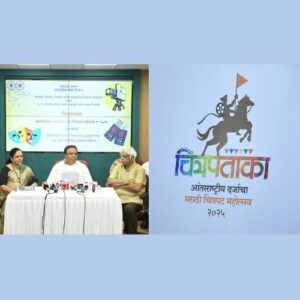
Chitrapataka: Maharashtra’s First International Marathi Film Festival Set to Celebrate Regional Cinema on a Global Stage
Chitrapataka: Maharashtra’s First International Marathi Film Festival Set to Celebrate Regional Cinema on a Global Stage ‘Chitrapataka’, Maharashtra’s inaugural International Marathi Film

France & Oman: A Cultural Bridge Strengthened Through Monthly Encounters
France & Oman: A Cultural Bridge Strengthened Through Monthly Encounters The Omani French Association (OFA) continues to enrich the relationship between France

KARIBU Fair 2025: Tanzania’s Premier Tourism and Cultural Event
KARIBU Fair 2025: Tanzania’s Premier Tourism and Cultural Event The KARIBU Fair, held annually at Magereza Grounds in Arusha, Tanzania, is a

Singapore Stories: Unfolding Art Through Time
Singapore Stories: Unfolding Art Through Time The newly revamped DBS Singapore Gallery presents a dynamic and evolving narrative of Singapore’s art history,
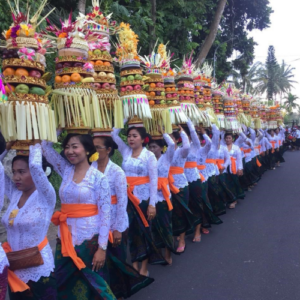
Nyepi: Bali Immerses in Silence to Celebrate the New Year
Nyepi: Bali Immerses in Silence to Celebrate the New Year Today, Bali celebrates Nyepi, the Day of Silence, marking the Balinese New
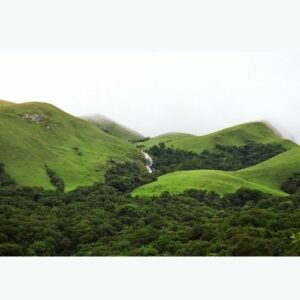
The Western Ghats: A Natural and Cultural Treasure of India
The Western Ghats: A Natural and Cultural Treasure of India Older than the Himalayas, the Western Ghats mountains are a natural and

Balik Kampung: A Meaningful Journey Back Home for Festive Gatherings
Balik Kampung: A Meaningful Journey Back Home for Festive Gatherings Balik Kampung (English: “return to village”) is a Malay expression commonly used
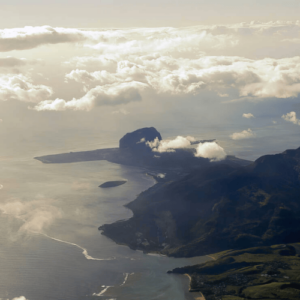
Le Morne: Symbol of Resistance and Cultural Heritage of Mauritius
Le Morne: Symbol of Resistance and Cultural Heritage of Mauritius The Le Morne Cultural Landscape, located in the southwest of Mauritius, is
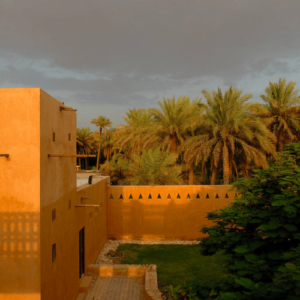
Al Ain Cultural Sites: Millennial Heritage and Oasis Traditions in the United Arab Emirates
Al Ain Cultural Sites: Millennial Heritage and Oasis Traditions in the United Arab Emirates The cultural sites of Al Ain—Hafit, Hili, Bidaa
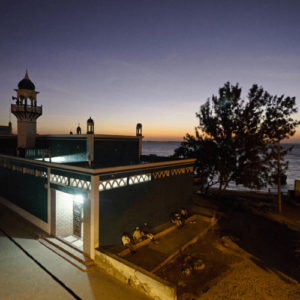
The Island of Mozambique: A Cultural Crossroads of History and Architecture
The Island of Mozambique: A Cultural Crossroads of History and Architecture The Island of Mozambique, a UNESCO World Heritage site, stands as
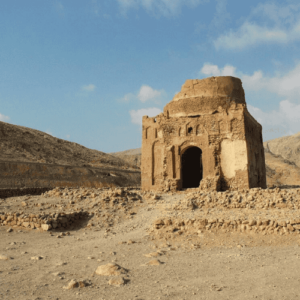
Qalhat: Oman’s Forgotten Maritime Jewel and Crossroads of Civilizations
Qalhat: Oman’s Forgotten Maritime Jewel and Crossroads of Civilizations The ancient city of Qalhat, located on Oman‘s eastern coast, was a thriving
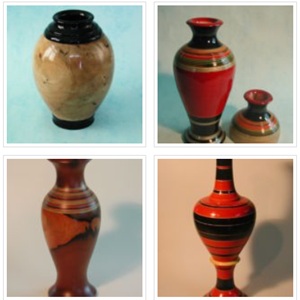
Creativity Maldives : A History of Creative Center
Creativity Maldives : A History of Creative Center A History of Creative Center Mr. Adam Maniku is a trained banker and
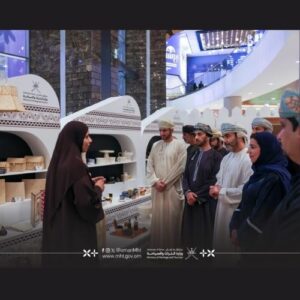
Omani Crafts Exhibition in Muscat Celebrates Tradition and Innovation
Omani Crafts Exhibition in Muscat Celebrates Tradition and Innovation The Omani Crafts Exhibition, themed “Authenticity and Modernity,” has commenced in Muscat and

Muscat Nights 2025: A Vibrant Celebration of Culture, Entertainment, and Community Spirit
Muscat Nights 2025: A Vibrant Celebration of Culture, Entertainment, and Community Spirit The highly successful Muscat Nights festival, organized by Muscat Municipality,

Nyepi 2025: A Distinct Day of Silence in Bali
Nyepi 2025: A Distinct Day of Silence in Bali On Saturday, March 29, 2025, Bali will observe Nyepi, marking the New Year
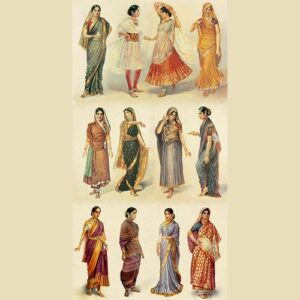
The Indian Sari: Between Ancestral Tradition and Timeless Elegance
The Indian Sari: Between Ancestral Tradition and Timeless Elegance The sari, a quintessential symbol of Indian culture, is a traditional garment worn